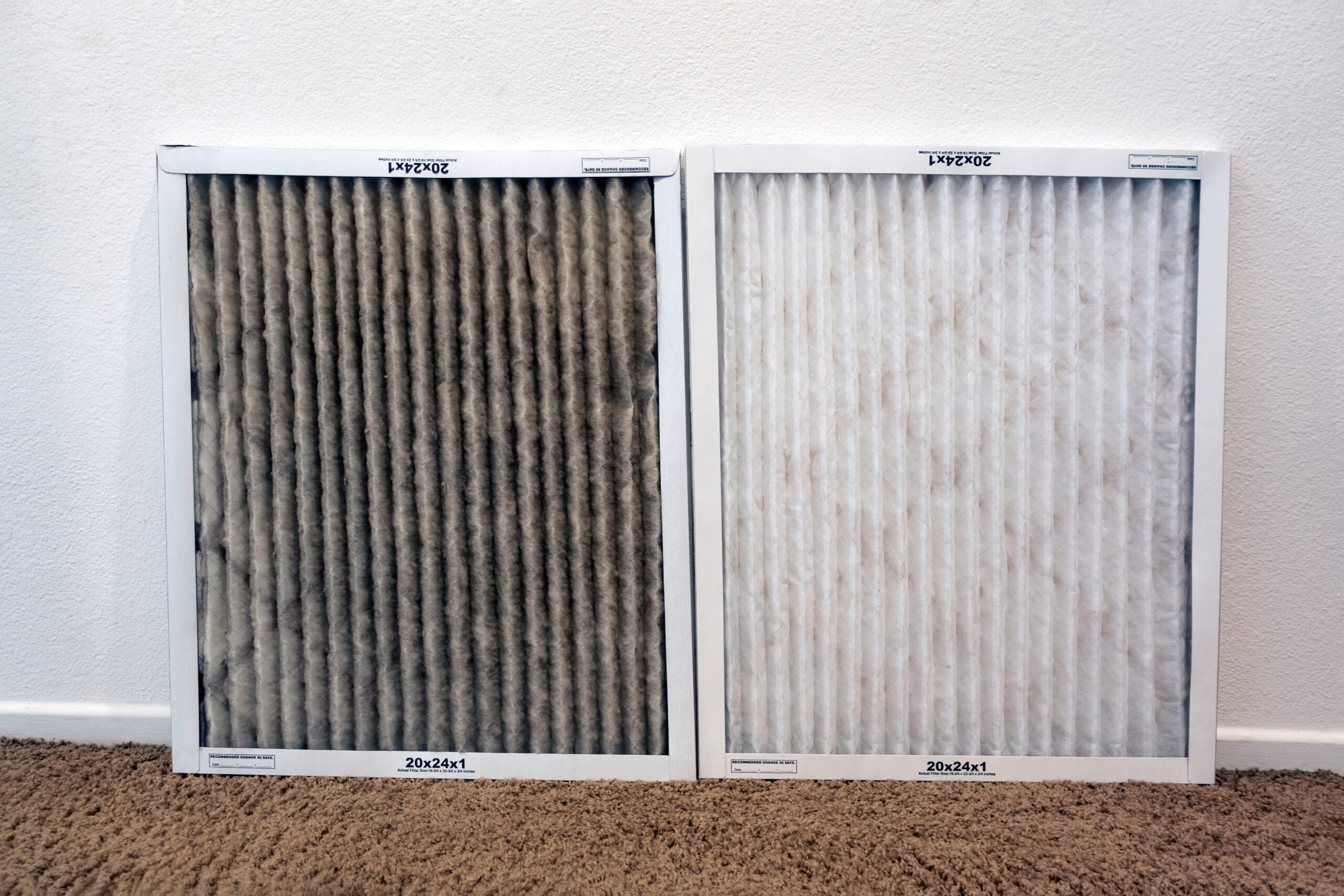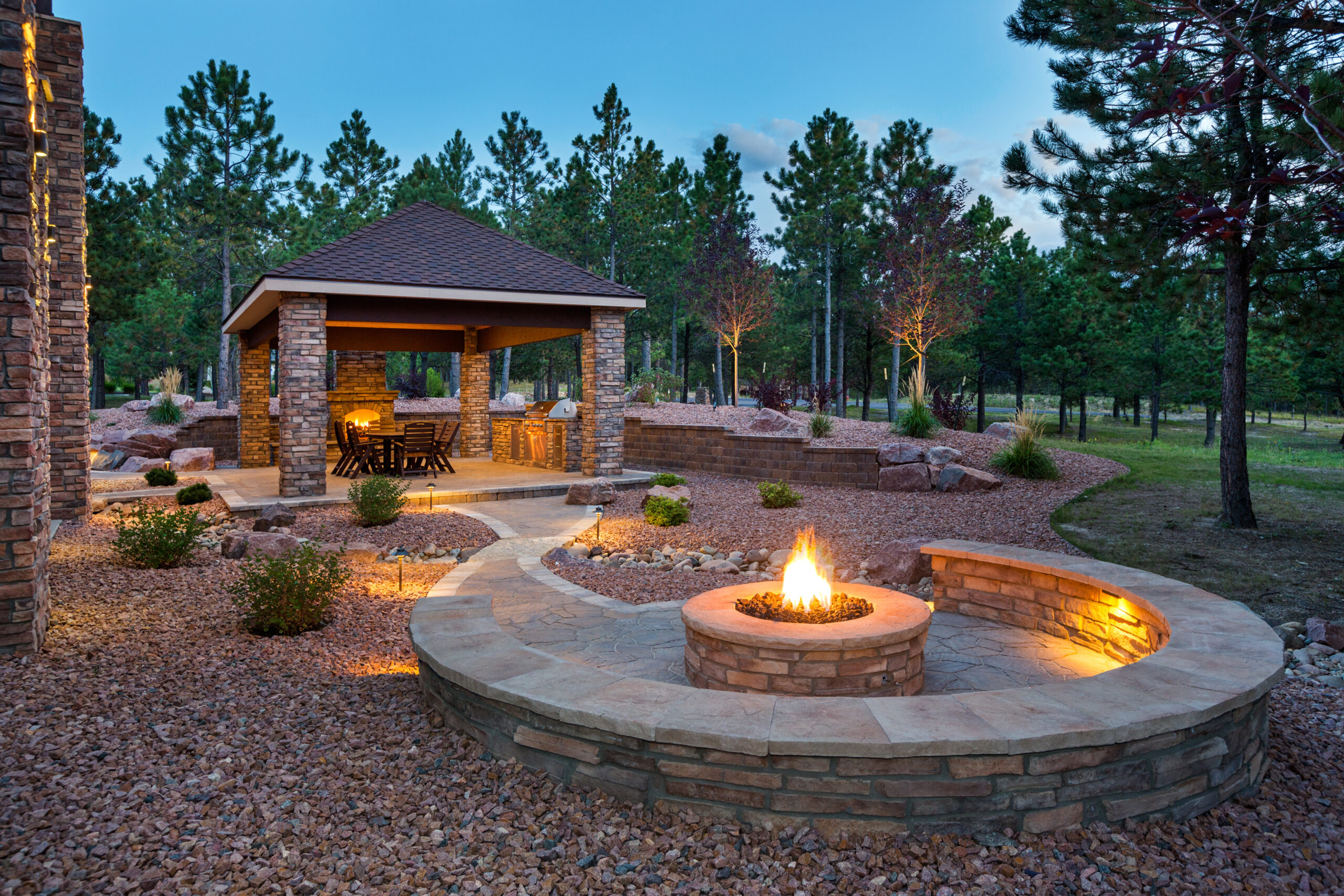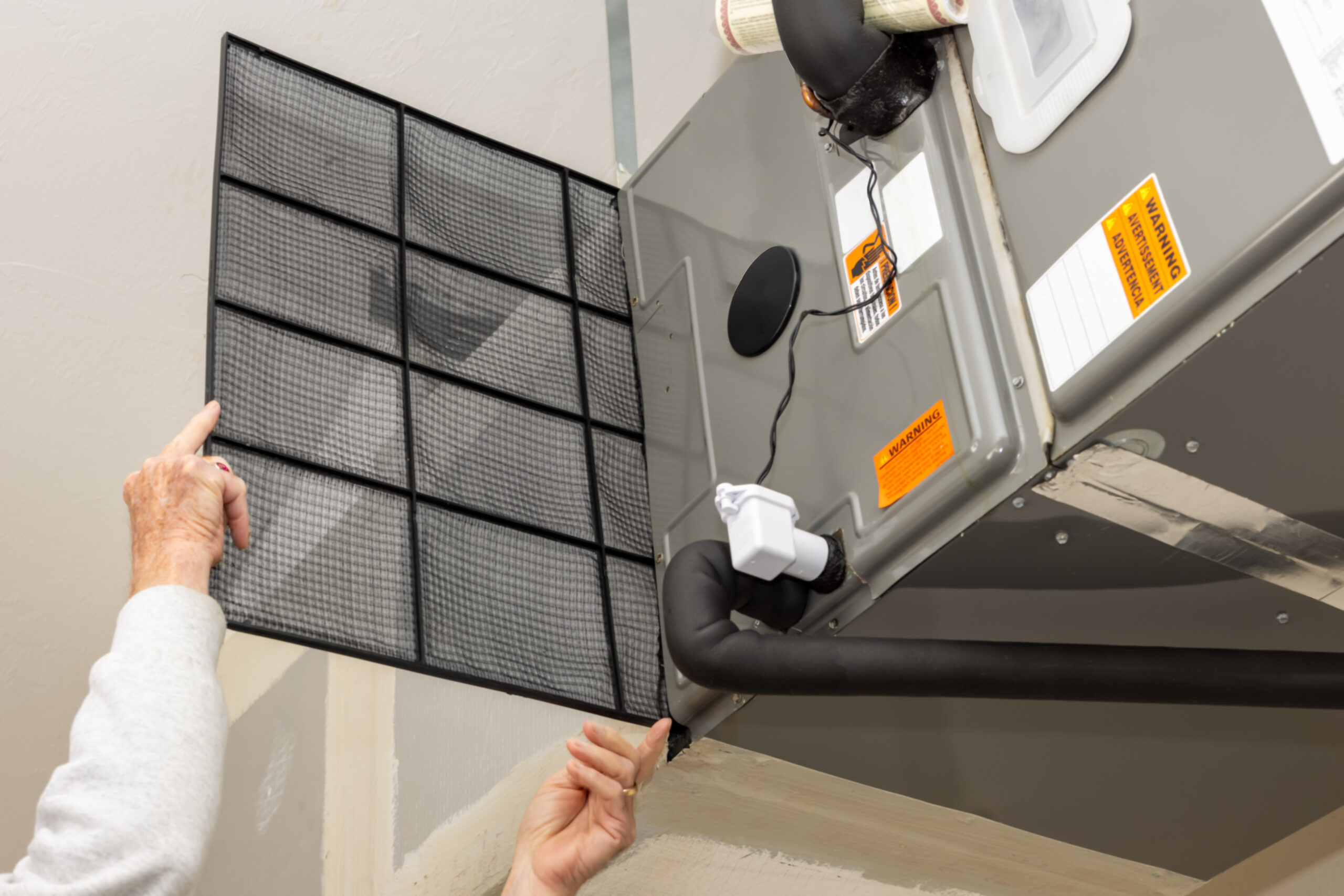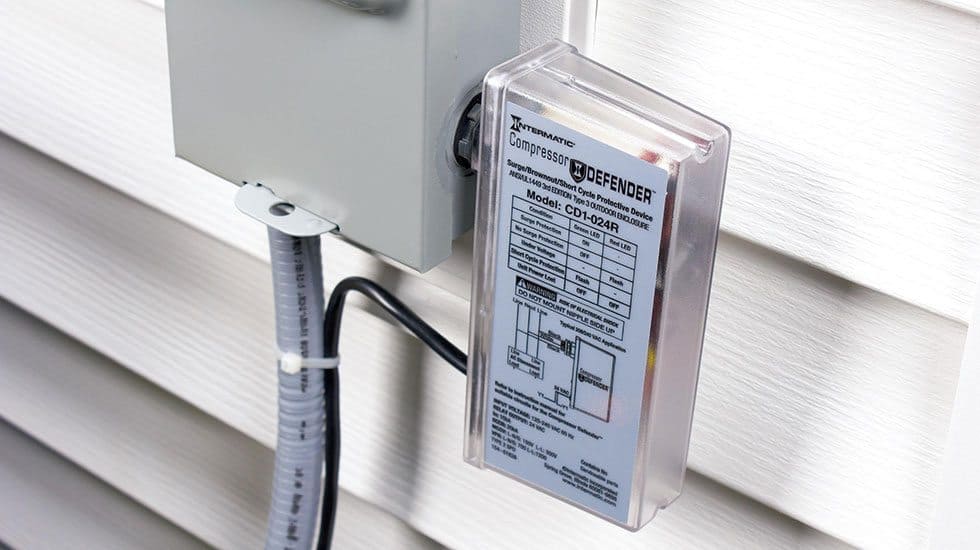|
Getting your Trinity Audio player ready...
|
Last Revised: 5/2/25
If you’ve never been shown how to change your air filter, your comfort and wallet could be paying the price.
High energy bills, uneven temperatures, worsening allergies, and even full system breakdowns often trace back to one overlooked problem: a dirty air filter. This small, inexpensive component plays a big role in keeping your home comfortable and your air safe to breathe.
At Mattioni, we’ve spent over 75 years helping homeowners protect their systems and improve their indoor air – and one of the simplest, most effective things we recommend is regular filter changes.
In this article, you’ll learn exactly how to replace your air filter step by step. You’ll also discover how to choose the right size, how often to swap it out, and how one small upgrade can make a big difference in your system’s performance and your home’s air quality.
Step-by-Step: How to Replace Your Air Filter
Changing your air filter is a quick DIY task that can have a big impact. Here’s how to do it properly:
1. Turn Off Your HVAC System
Safety first. Before doing any maintenance, shut off your system at the thermostat. This prevents the blower motor fan from pulling in debris while the filter is out – and protects you during the process.
2. Locate the Filter Compartment
Air filters are typically found in one of two places:
- Air handler/furnace unit: In a basement, attic, closet, or utility room. The filter slot is often near where the return duct connects.
- Return air grille: Usually located on a wall or ceiling in a hallway or central room.
Pro Tip: If you can’t find it, look for a removable panel or consult your HVAC system manual.
3. Remove the Old Filter
Carefully slide out the old filter. Note the direction of the airflow arrow printed on the frame – this tells you which way to insert the new one. The arrow should always point toward the HVAC unit or into the ductwork, depending on the location.
If the filter is visibly gray, dusty, or clogged, it’s definitely time for a replacement.
4. Insert the New Filter
Unwrap the new filter and align the airflow arrow in the same direction as the old one. Slide it securely into the slot – don’t force it. It should fit snugly without any bending or gaps.
Make sure the filter sits flush in its frame so no air leaks around the edges.
5. Turn the System Back On
Once the new filter is in place and the cover (if any) is closed, turn your HVAC system back on. Let it run for a few minutes to ensure everything sounds normal and air is flowing properly.
You may then want to set a calendar reminder on your phone or use a sticky note on your thermostat to remember your next filter change.
Now that you know how to replace the filter, the next step is making sure you’ve got the right size – a detail many homeowners miss.
How to Buy the Right Air Filter Size
One of the most common mistakes homeowners make when replacing an air filter is buying the wrong size. A filter that’s too small can let unfiltered air bypass it entirely, while one that’s too large simply won’t fit. Getting the correct dimensions is essential for proper filtration and system efficiency.
Check the Existing Filter First
The easiest way to determine the correct size is to look at the frame of your current air filter. Most filters have their dimensions printed clearly on the outer edge – typically in a three-number format, such as 16x25x1 (width x height x depth, in inches). If the numbers aren’t printed or have worn off, you can use a tape measure to confirm the size manually. Always measure the filter itself, not the opening.
Note that the listed size on most filters is slightly rounded up. For example, a filter labeled 16x25x1 might actually measure 15.5 x 24.5 x 0.75 inches.
Consult Your HVAC System Manual or Manufacturer
If you’re unsure about the filter location or sizing – or suspect the wrong filter has been used in the past – consult your HVAC system’s manual or model specifications. You can often find these online by searching for the brand and model number printed on the air handler or furnace.
When in doubt, or if switching to a different type of filter with a larger frame, call a professional. An HVAC technician can inspect your system, confirm the correct size, and recommend filter options that match both your equipment and your air quality needs.
In doubt about your filter type? Our techs can help confirm the right fit during a routine checkup.

How Often Should You Change Your Air Filter?
The general guideline for changing your air filter is every 1-3 months, but the right schedule depends on your household and lifestyle.
Homes with pets tend to accumulate more hair and dander, which can clog filters and reduce system efficiency more quickly. If anyone in your home has allergies, asthma, or respiratory sensitivities, monthly filter changes are often best.
On the other hand, rarely occupied homes – like vacation properties – or homes with minimal system use may go slightly longer between changes.
Seasonal transitions are good reminders to check and replace your filter, as heating and cooling systems often work harder during these times. Ultimately, inspecting your filter regularly and noting any visible buildup is a smart habit to maintain both comfort and efficiency.
Pro Tip: Set up a recurring reminder to change your air filter on your phone.
Why Air Filter Changes Are Critical for Comfort and System Health
Your HVAC system’s air filter traps dust, pollen, pet dander, and other airborne particles before they can circulate through your home. Over time, these particles build up and clog the filter, restricting airflow. That forces your system to work harder – and can shorten its lifespan.
Neglecting filter changes can lead to higher energy bills, increased wear on components, and costly repairs. Conversely, clean filters improve indoor air quality and system performance – especially during high-demand seasons.

What Is an Air Purifier? The Advantages of an Air Purifier Upgrade
While standard MERV filters (Minimum Efficiency Reporting Value) trap larger particles and protect your HVAC system, HEPA filters (High-Efficiency Particulate Air) take indoor air quality to the next level.
An air purifier is an add-on component that houses high-performance HEPA filters. These filters capture airborne particles as small as 0.3 micrometers with up to 99.7% efficiency. When we talk about air purifiers, we’re referring to the gold standard in home filtration.
1. Healthier Indoor Air Quality (IAQ)
HEPA filters remove fine particulate matter such as mold spores, pollen, bacteria, and pet dander. For homes with allergy sufferers, asthma, or immune sensitivities, this can mean major improvements in breathing comfort and wellness. They also help reduce odors and chemical pollutants, creating a fresher living environment year-round.
2. Reduced Energy Bills
Better filtration improves airflow and helps your system run more efficiently. While it may seem like high-efficiency filters add resistance, clean filters actually reduce strain on the system – keeping energy use and costs down.
Some upgraded filters are also designed to last longer, reducing how often you need replacements.
3. Protect Your HVAC Systems
High-performance filters do more than clean the air – they protect your HVAC system’s internal components. Weak or dirty filters allow dust to reach coils, motors, and ductwork, which can degrade performance and cause failures.
Investing in better filtration extends the life of your system and minimizes repair costs.
Signs It’s Time for a Filter Change (or a Professional Tune-Up)
Not sure if it’s time to replace your filter? Look out for these warning signs:
- Visible dirt or dust on the filter
- Worsening allergy symptoms or dry indoor air
- Hot or cold spots in your home
- Longer run times or unusual strange noises
- Rising energy bills without a thermostat change
If these issues persist after a filter change, it may be time for a professional HVAC inspection.
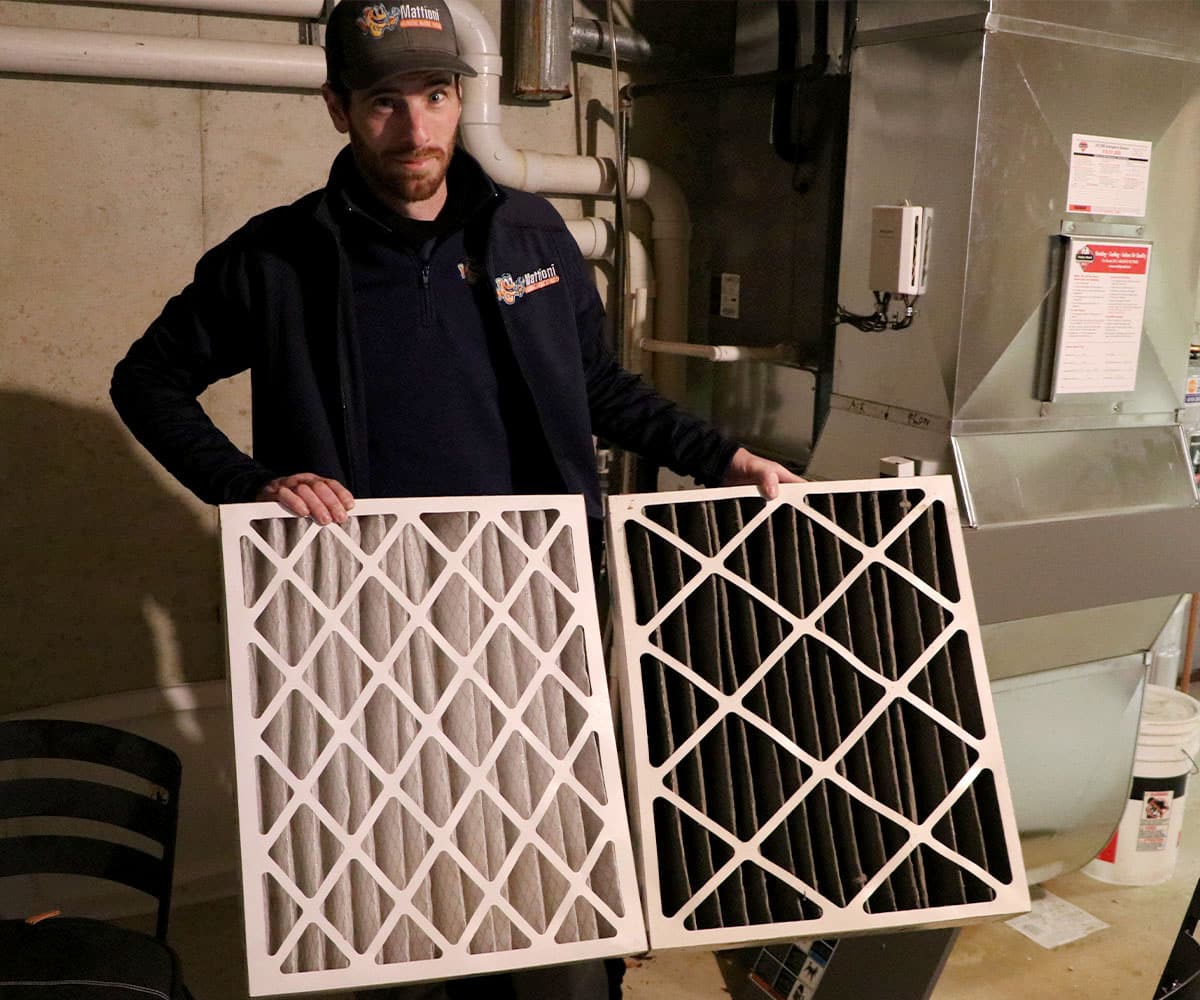
Keep Airflow Clean and Your System Running Smoothly
Now you know how to confidently replace your air filter – including how to choose the right size, how often to change it, and why it matters for both comfort and air quality.
If your home has been feeling stuffy, your energy bills are rising, or allergy symptoms are flaring up, your filter could be the cause. Changing it regularly is one of the easiest ways to keep your HVAC system running efficiently and your indoor air safe to breathe.
Your next step? Stay consistent – and if you’re unsure whether your filter is doing its job, want help selecting the best type, or are considering an air purifier, we’re here to help.
For over 75 years, Mattioni has been helping homeowners maintain cleaner air and longer-lasting HVAC systems – and we can do the same for you. Give us a call at (610) 400-8510 or book your next maintenance check online today.

